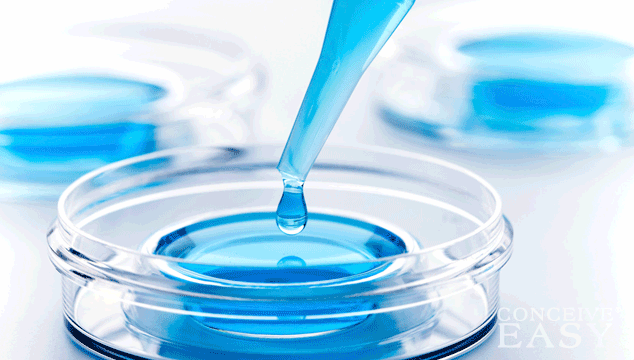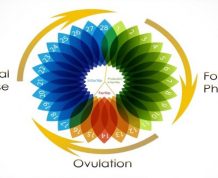![]() The information provided by our expert should not constitute a diagnosis of your condition. Always consult a medical practitioner or healthcare provider for a formal diagnosis. By making use of this content, you agree that ConceiveEasy and the expert assume no liability.
The information provided by our expert should not constitute a diagnosis of your condition. Always consult a medical practitioner or healthcare provider for a formal diagnosis. By making use of this content, you agree that ConceiveEasy and the expert assume no liability.
If you are considering in-vitro fertilization, it is important that you know more about how it works. This popular fertility treatment is one that many women have chosen when they aren’t able to become pregnant on their own. Here is some more information about it so you can decide if it is the right option for you. Claim Your 20 Free Pregnancy Tests – Click Here

The basic concept behind in-vitro fertilization is joining together eggs and sperm in a laboratory setting. This will create an embryo, which is then placed directly inside the woman’s uterus in the hopes that it will attach to the uterine lining.
In order to do this, doctors must first remove eggs from the woman and obtain a sperm sample from the man. Normally, this requires the woman taking specific medication at particular times as well as testing to make sure she is ovulating. Doctors will then use a medical procedure to remove the eggs after they are released.
One of the best things about in-vitro fertilization is that you don’t always have to use your eggs or your sperm. Instead, you can purchase donor sperm and eggs if yours are not adequate enough for pregnancy. For this procedure, the donor eggs and sperm are simply joined together in the lab and inserted into the uterus.

The main downside of using in-vitro fertilization is the pricing. Most people spend around $10,000 every time they need a treatment. Since the treatments don’t always work on the first time, it is possible that you will need to spend much more than this. Also, if you purchase donor eggs or sperm, you can expect to pay quite a bit more than this amount.
There are some ways you can save money on this process, however. For example, some fertility centers will share the price with those who choose to have this procedure. So, if you aren’t able to become pregnant, you will receive some, if not all, of your money back. This will allow you to use the funds for the next treatment.
In addition to this, you can sometimes share the cost of buying donor eggs with other women. Some women will be willing to split the cost of the eggs with you and only receive half of the eggs for themselves. Also, if you do become pregnant, you may be able to sell the remaining eggs to another couple who is getting ready to go through the procedure themselves.
The best thing you can do is to talk to your doctor about all your fertility treatment options. That way you can way the different options and make sure you are choosing the right one for you and your family.










Comments